Join the community
Thought Leadership Centre
Most Read
1. Finance leaders flag governance risks with fast growing fintech systems 2. Why AI governance is a key priority for financial institutions 3. Foreign institutions pursue market entry as Japan strengthens fintech rules 4. Payment leaders push for interoperability to solve SME cash flow 5. Five takeaways from day 1 of the Singapore Fintech FestivalResource Center
Awards
Mar
24
Event News
Energy & Offshore
Tuas Power to complete Singapore’s first 100% biomass conversion by 2028
The landmark project will cut one million tonnes of carbon emissions annually.

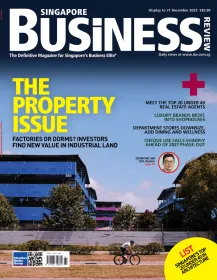
 Advertise
Advertise





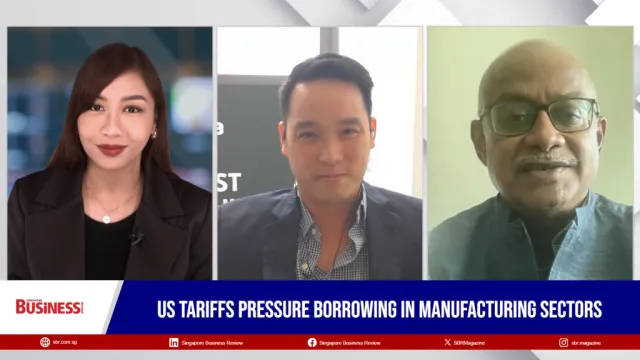

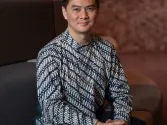
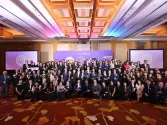
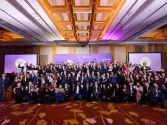
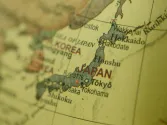








Commentary
Envisioning the future academy
Envisioning the future academy
Why Southeast Asian businesses should foster a collaborative workplace
Pulse check: 4 predictions for Singapore's healthcare in 2017
A bird's eye view of temporary and contract employment in Singapore
What can digital services learn from Singtel's latest outage?
MatchMove: Business model evolution
Jim Rogers tells us when to sell and which bubbles to watch
What firms need to know about securing their cloud migration
Navigating the complexities of cross-border investigations
Cobotisation – the solution to Industry 4.0 in Singapore
Data hoarding in Singapore: Why it matters to businesses
Why a secure IoT environment matters
2016 Singapore Luxury Brand Index: What defines luxury for Singapore?
3 things that make Singapore an ideal cloud computing hub in Asia-Pacific
What firms need to know to maximise returns of PIC investments
Singapore's top 10 talent trends for 2017
Breakthrough for B2B startups: Insights from a live exchange in Singapore